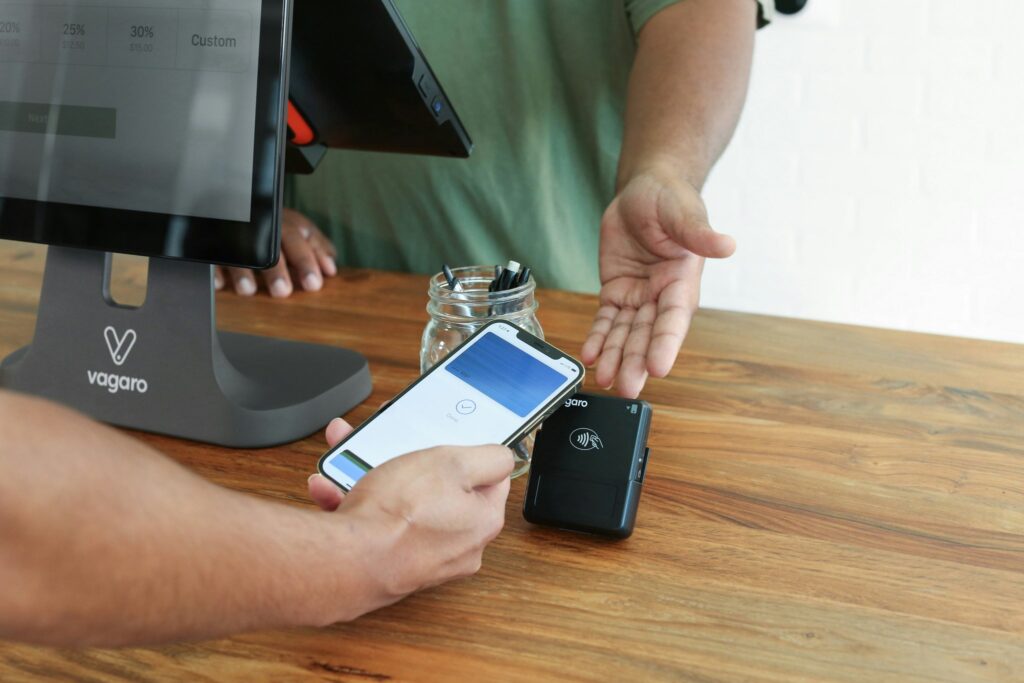Ever stared at your phone system stats and wondered why customers hang up before they even speak to someone? Yeah, it’s infuriating—but you’re not alone. Businesses lose billions annually due to high call abandonment rates. And here’s the kicker: if you’re not tracking these metrics, you’re flying blind.
In this post, we’ll uncover exactly why call abandonment rate tracking is key to optimizing your business phone features—and how you can stop losing leads left and right. You’ll learn:
- The sneaky reasons calls get dropped
- A step-by-step guide to track and analyze your data
- Pro tips to reduce call abandonment (and what NOT to do)
- Real-world examples of businesses turning their numbers around
Table of Contents
- Key Takeaways
- Why Call Abandonment Rate Tracking Matters
- How to Track Your Call Abandonment Rates
- Best Practices to Reduce Abandoned Calls
- Examples of Success Stories
- FAQs on Call Abandonment Rate Tracking
- Conclusion
Key Takeaways
- Tracking call abandonment rate helps identify inefficiencies in your communication funnel.
- Common culprits include long wait times, IVR menus that confuse callers, and technical issues like dropped connections.
- Use tools like VoIP analytics dashboards and CRM integrations to monitor trends effectively.
- Reducing abandonments boosts customer satisfaction, increases conversions, and saves operational costs.
Why Call Abandonment Rate Tracking Matters
“We didn’t think tracking abandoned calls was important until our sales pipeline started drying up…” Sound familiar? A retail client I worked with once ignored their skyrocketing call abandonment rates—only realizing later that 60% of those callers were actual buyers!
This suboptimal oversight isn’t rare; many small-to-medium enterprises overlook call analytics because “it sounds complicated.” Spoiler alert: it doesn’t have to be. Here’s why addressing this should top your priority list:
Customer Perception Is Everything
If a potential lead encounters endless hold music or gets routed into voicemail purgatory, guess what happens next? They bail—and probably head straight to your competitor. That whirrrr sound you hear might as well be your revenue going down the drain.

Hard Data = Hard Decisions
Here’s where nerd mode kicks in. By analyzing patterns in call abandonment rate tracking, businesses pinpoint bottlenecks faster than ever. Example:
- Is there a spike during certain hours? Adjust staffing schedules accordingly.
- Do specific menu options lead to more drops? Streamline your IVR prompts.
How to Track Your Call Abandonment Rates
Optimist You: “Okay, enough doomscrolling—let’s fix this!”
Grumpy You: “Sure, but make sure there’s coffee nearby.”
Tracking your abandonment rates doesn’t need an MIT degree—just follow these practical steps:
Step 1: Enable Analytics in Your Phone System
Modern VoIP platforms often come equipped with built-in reports. Activate these features under settings labeled “Call Reports” or similar terms.
💡 Tip: Ensure timestamps, queue durations, and drop-off points are tracked.

Step 2: Integrate with CRM Tools
Connect your phone tech stack with CRM software (like HubSpot, Salesforce, etc.). This lets you associate abandoned calls with individual profiles, making follow-ups easier.
Step 3: Segment & Visualize Your Data
Tools like Excel, Google Sheets, or advanced BI solutions let you slice and dice raw data. Create heatmaps, trend graphs, or pie charts to spot anomalies visually.
Best Practices to Reduce Abandoned Calls
Congratulations—you’ve got your tracking framework set. Now let’s dive deeper into actionable strategies:
- Shorten Wait Times: Implement callback functionality so customers don’t spend eternity listening to elevator music.
- Simplify IVR Menus: Aim for no more than three levels deep—fewer choices mean fewer opportunities to get lost.
- Prioritize Critical Calls: Use intelligent routing based on caller behavior to direct VIP leads straight to agents.
Don’t Do This 😬
Making callers jump through hoops like “press 9 to repeat these options” is just asking for trouble. It’s the digital equivalent of serving lukewarm soup—it leaves people hating life.
Examples of Success Stories
A startup specializing in eco-friendly office supplies reduced its call abandonment rate by 35% after implementing targeted optimizations. Their secret sauce included:
- Reworked IVR scripts focused on clarity over cleverness.
- New shift rotations ensuring peak-hour coverage.
- A proactive email campaign targeting previously abandoned callers.

FAQs on Call Abandonment Rate Tracking
Q1: What’s a good benchmark for call abandonment rates?
Industry standards suggest aiming below 5–8%. Anything higher indicates serious friction points.
Q2: Can outdated hardware affect abandonment rates?
Absolutely! Legacy systems prone to glitches significantly worsen user experience—upgrade ASAP if needed.
Q3: Are virtual assistants effective against high abandonment rates?
They can be helpful when designed properly. However, poorly executed bots only frustrate users further—so tread carefully.
Conclusion
Nailing call abandonment rate tracking isn’t just about tweaking numbers—it’s about transforming how your brand communicates with customers. From streamlined menus to smarter analytics, every tweak adds up. Remember: the goal isn’t perfection—it’s progress.
And hey, keep calm—it’s all part of the journey. Whether you’re geeking out over KPIs or debugging clunky interfaces, know that better results lie ahead. 🙌
Before you go… here’s a haiku to ponder:
Lost calls sting like ice, Track, adapt, then watch them bloom, Like Tamagotchis.

